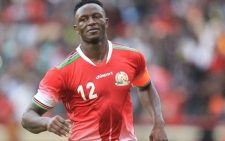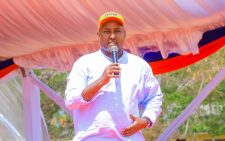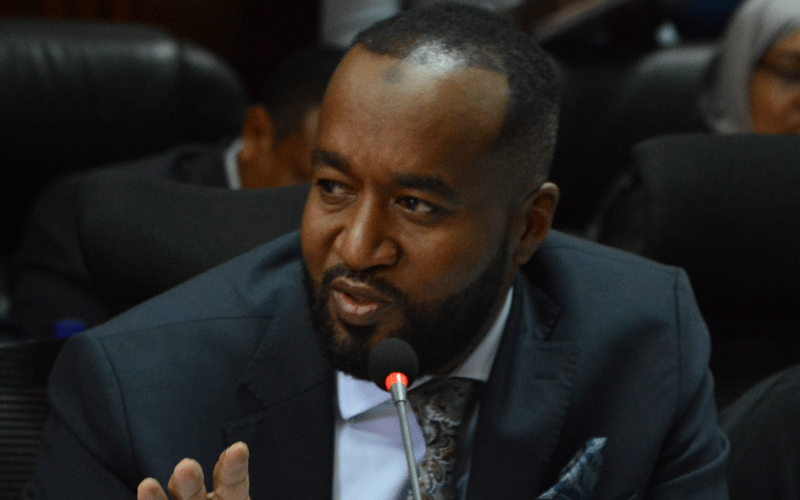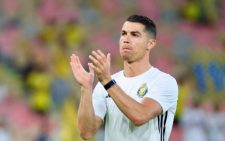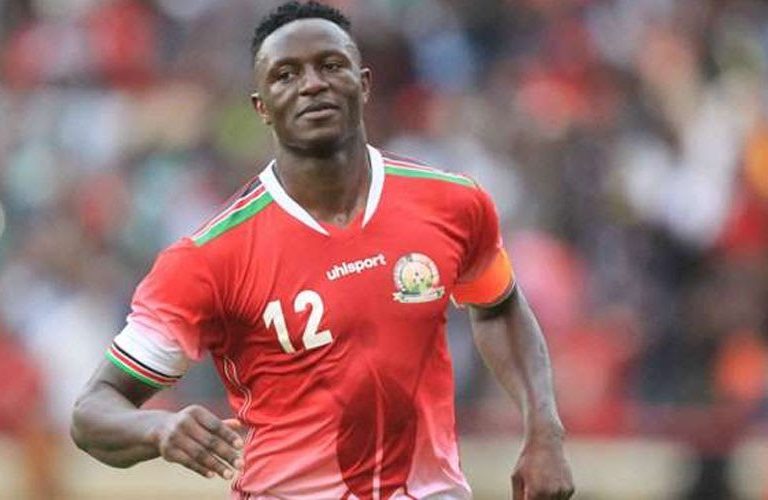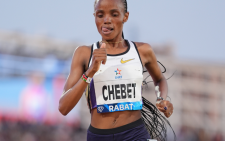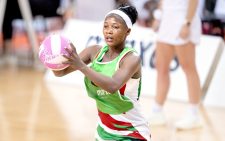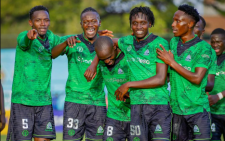Martin Keino did not emulate his father Kipchoge
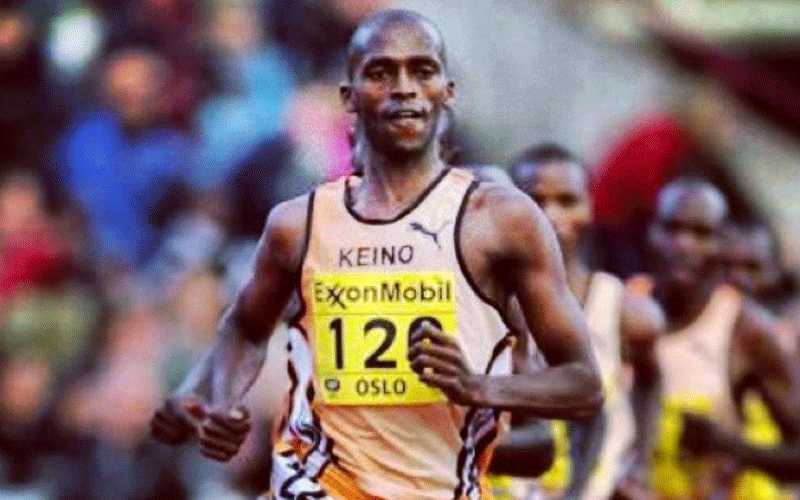
Martin Keino wanted to be a 1,500m champion just like his father but he ended up being one of the top pacesetters in the world.
In his illustrious career, Keino has paced seven world records, including two by Daniel Komen, and both Haile Gebresellasie’s and Kenenisa Bekele’s 5,000m and 10,000m times.
Keino, the son of Kenya’s athletics legend Kipchoge Keino, did not emulate the performance of his father, but as they say the apple doesn’t fall far from the tree.
He vividly remembers his first pace-making assignment in July 1996 in Lappeenranta, Finland, when his manager asked him to pace for Daniel Komen in 3,000m.
“My manager asked me to help pace for Daniel Komen in his two miles (3,000m) world record attempt.
I did the first three laps for him and he was successful in breaking the record,” said Keino.
But Keino said initially all he wanted to be was a top athlete in the world.
“It was never my intention initially to be a pacemaker. I wanted to be among the best in the world in 1,500m but as fate would have it, I became excellent at pacing instead .”
Keino remembers his challenges as a pacemaker in 2001 during Paris Diamond League as he was pressured to pace Bekele to break the 5,000m record that was only broken last Friday by Uganda’s Joshua Cheptegei by nearly two seconds — 12.35.36 from 12.37.35.
“Bekele was after the world record in the 5,000m and he asked for a very fast pace, about 5 seconds faster than the current world record.
There was so much pressure on me that I actually false-started.
Nonetheless, I hit the target pace, which was incredibly fast for the distance, but the record did not fall as it was too ambitious,” said Keino.
He said before he could take part in any competition, he had to prepare well which is fairly similar to what any other athlete will engage in training, nothing special.
“It is just that I would focus on doing my intervals training on the track to be as even as possible in the repeat intervals.”
“I would also prepare for unexpected challenges in a race by being constantly alert to the prospect of athletes changing the pace agreed on by adjusting to what they want.
It was always important to be aware of what was happening behind me as it is not always that athletes follow the set pace for a variety of reasons such as inclement weather and strong winds.”
Keino explains that to be a good pacemaker you need to run as even as possible and consistently over the distance in a race.
Say, if you are pacing a 5000m race, you want to run each lap as even as possible, maintaining a specific time, down to the tenth of a second, for each lap. You should not start out fast, slow down then speed up again.”
But what differentiated him from others was that he had great pace judgement.
“I was able to run several laps at the exact time and I could make adjustments, fast or slow, by each half a lap. It was almost like there was a science to it.”
Keino has been involved in the business side of sport after retiring from active athletics.
“I am currently involved in sports marketing, events management and providing consulting services for all sports for the last 15 years.
I also do commentary for major athletics events, having hosted a TV show and written a weekly column on the sport.
I am also in the process of writing a book about my professional running experiences and setting the pace for all those years.”



